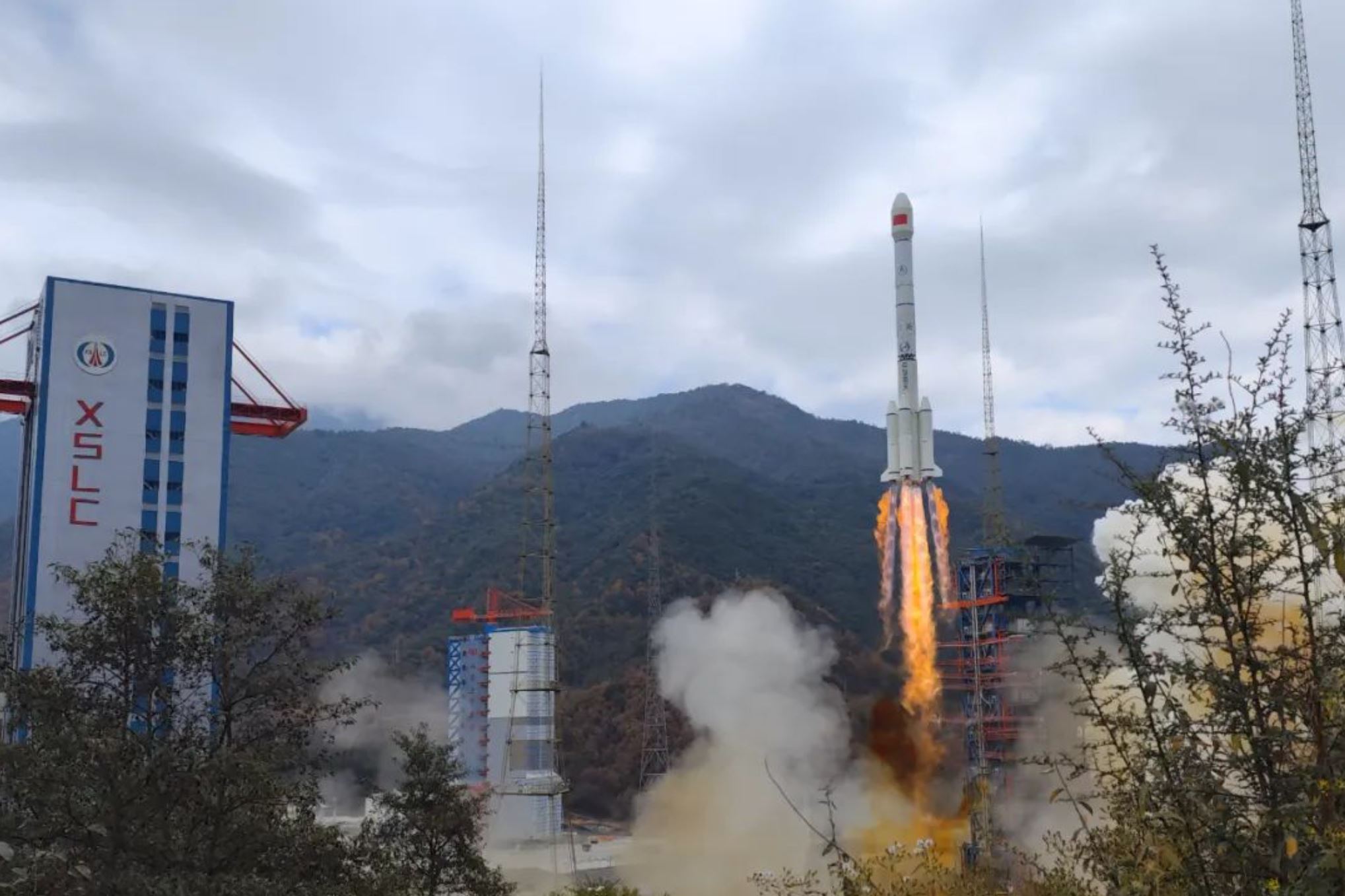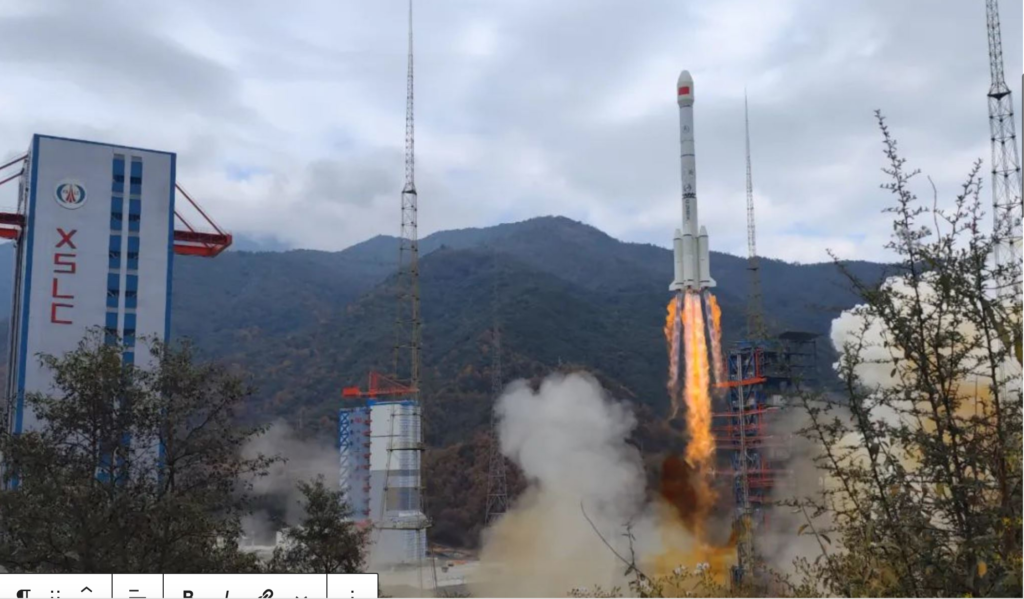
Chinese aerospace firm LandSpace has launched a rocket utilising liquid oxygen and methane, surpassing Elon Musk’s SpaceX. The Zhuque-2 rocket was launched on Wednesday from the Jiuquan Satellite Launch Centre in the Gobi Desert. A test payload was successfully launched into the sun-synchronous orbit (SSO). LandSpace became the first aerospace business to accomplish this milestone.
After its initial launch failed in December of last year, Zhuque-2 attempted to lift off again on Wednesday. Because they present prosperous commercial opportunities, methane-powered engines are essential for the aerospace sector. These engines are in great demand due to their strong performance and cheap operating expenses. Notably, methane can be created in space itself by combining carbon dioxide and water. This innovation makes reusable rockets even more feasible, making them the leading design in the emerging field of rocketry.
This year so far, two launch attempts with the use of methane-powered engines have already failed
This year so far, two launch attempts with the use of methane-powered engines have already failed. The Terran 1 from Relativity Space in the US and SpaceX’s Starship both failed to reach space on their initial launches. Another Chinese aerospace business, Beijing Tianbing Technology Co, made history in April by becoming the first private sector enterprise in the world to enter orbit on its maiden attempt. It successfully put a small remote-sensing satellite into a sun-synchronous orbit by launching its maiden rocket, Tianlong-2, from Jiuquan Satellite Launch Centre in the Gobi Desert.
Now, the incredible accomplishment around the methane-powered rocket technology by another Chinese company demonstrates the industry has been operating at peak efficiency in that nation. A senior ISRO official claims that the organisation is presently developing two “LOx methane” engines. These engines use methane as the fuel and liquid oxygen as the oxidizer. The first initiative focuses on transforming the current cryogenic engine, which burns liquid hydrogen as fuel, into a LOx methane engine. The second project attempts to create a smaller engine with an electric motor and a three-ton thrust capacity. These initiatives are being worked on at the Trivandrum-based ISRO Liquid Propulsion Systems Centre.
